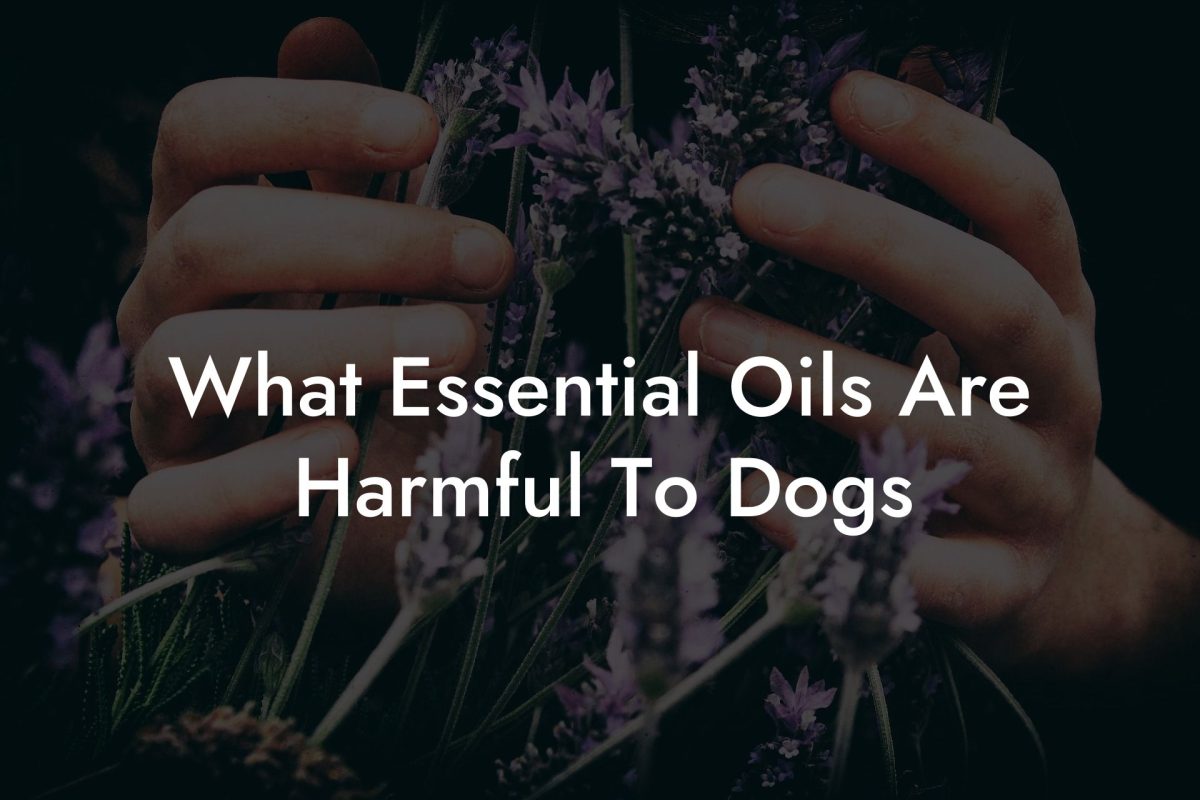Unlock the allure and power of scents with our extensive guide on essential oils fragrances. With countless aromatic profiles, let us help you discover the right scent for your mood, space, and overall well-being.
Table of Contents
Understanding Essential Oil Fragrances
Essential oils are concentrated liquids extracted from various plant parts, such as flowers, leaves, roots, and bark. These fragrant oils carry the essence of the plant and offer diverse physical, mental, and emotional benefits through their aromatic properties.
Aromatic Categories of Essential Oils
To simplify the process of choosing the right essential oil fragrance for your needs, they can be categorized into the following main scent groups:
- Floral: These oils are extracted from flowers and have a sweet, romantic, and comforting scent. Popular floral oils include lavender, rose, jasmine, and ylang-ylang.
- Citrus: Sourced from the peels of citrus fruits, these oils have a fresh, uplifting, and energizing fragrance. Common citrus oils are orange, lemon, lime, and grapefruit.
- Woody: Derived from tree bark, twigs, or roots, woody scents are warm, grounding, and soothing. Examples of woody oils are sandalwood, cedarwood, and cypress.
- Herbaceous: These oils come from herbs and have a refreshing, clean, and therapeutic aroma. Popular herbaceous oils include basil, rosemary, and thyme.
- Spicy: Spicy essential oils carry a warming and invigorating scent that can help boost energy and increase focus. Examples include cinnamon, clove, and ginger.
- Resinous: With a rich, deep, and earthy scent, resinous oils are calming, grounding, and spiritually uplifting. Frankincense, myrrh, and copaiba are common resinous essential oils.
- Minty: Recognized for their cool and refreshing scent, minty oils are energizing and uplifting. Peppermint, spearmint, and eucalyptus are examples of minty essential oils.
Fragrance Notes in Essential Oils
It’s essential to understand fragrance notes when exploring essential oils since each oil comprises a unique blend of components, creating the overall scent. There are three primary fragrance notes – top, middle, and base notes:
- Top notes: The first scent you perceive when inhaling an essential oil. Top notes are usually light, fresh, and uplifting. Examples include citrus and minty oils.
- Middle notes: These notes emerge as the top notes fade and create the body of the fragrance. Middle notes are typically well-rounded and balancing. Floral and herbaceous oils often exhibit middle notes.
- Base notes: The final and longest-lasting notes in a fragrance. Base notes are usually deep, grounding, and provide a solid foundation for the scent. Woody and resinous oils often showcase base notes.
Essential Oils Fragrances Example:
Imagine you would like to create a relaxing and calming environment in your living room. You could choose lavender essential oil, which has a soothing floral scent and is well-known for its calming and stress-relieving properties. To add depth and warmth to the fragrance, you might include a woody oil like cedarwood as a base note. Finally, you could incorporate a hint of orange essential oil for an uplifting and refreshing top note. Together, these oils will create a well-balanced and inviting atmosphere.
Now that you have a comprehensive understanding of essential oil fragrances and their properties, you are well-equipped to explore the captivating world of aromatherapy. Feel free to share this guide with family and friends, and don’t forget to visit our Oshu Oils blog for more informative articles on essential oils and aromacology. Together, let us uncover the perfect scent blends that bring balance and harmony to our lives, using the exquisite range of essential oils expertly crafted by Oshu Oils.





















